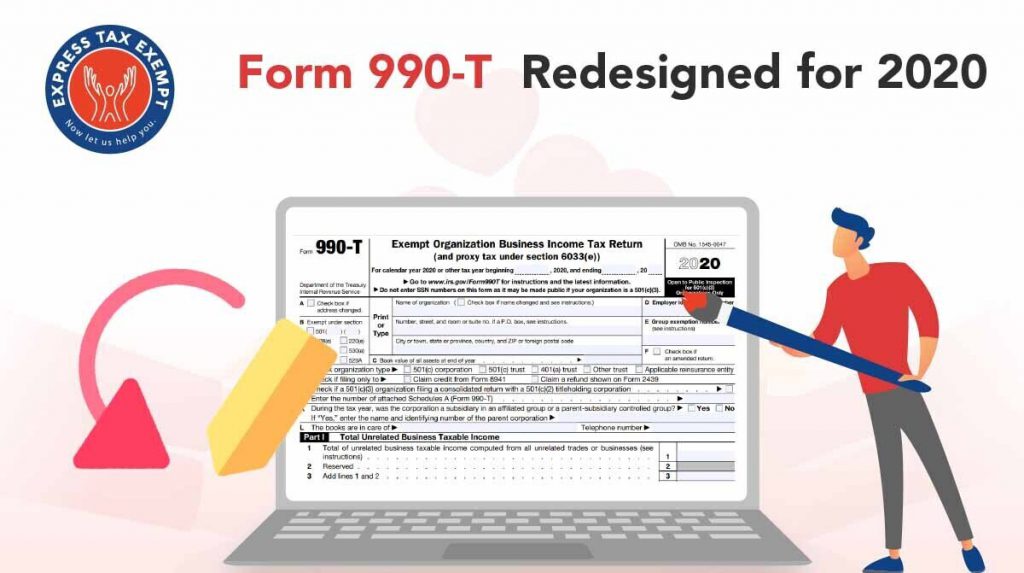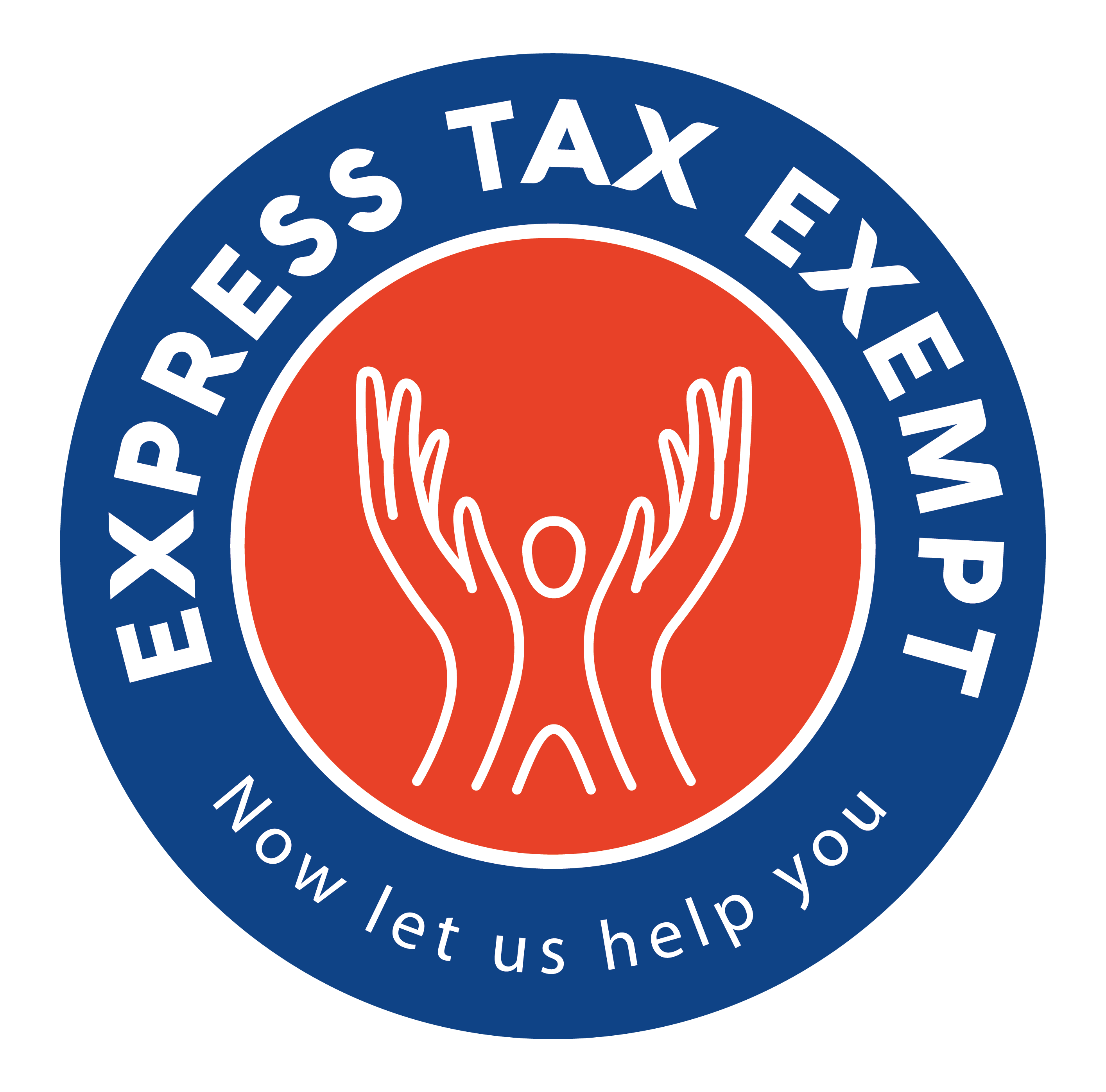Form 990-T Redesigned for 2020: What Tax-Exempt Organizations Need to Know

In September, the IRS released a considerable redesign of Form 990-T for the 2020 tax year. These adjustments have been made in order to incorporate the changes resulting from The Tax Cuts and Jobs Act of 2017 while addressing some of the issues with prior changes. The updated format, as well as other changes that relate to the filing of Form 990-T, should be considered as the filing deadline approaches.
Introduction on Form 990-T
Form 990-T, Exempt Organization Business Income Tax Return, is used to report unrelated business income and tax liabilities.
Exempt organizations that file Form 990, 990-EZ, or 990-PF and have a gross income of $1,000 or more from unrelated businesses for the tax year must file Form 990-T.
Employees’ trusts, defined in section 401(a), IRAs (including SEPs and SIMPLEs), Roth IRAs, Coverdell ESAs, or 408(a) (Archer MSAs) must file Form 990-T by the 15th day of the 4th month after the end of their tax year. Other organizations must file Form 990-T by the 15th day of the 5th month after the end of their tax year.
IRS Mandates Electronic Filing of Form 990-T
Under the Taxpayer First Act, certain exempt organizations must file information and tax returns electronically for tax years beginning after July 1, 2019. In other words, organizations with tax years beginning after July 2019 must file their 990 returns electronically.
Effective in 2021, all organizations with a due date on or after April 15, 2021, must file Form 990-T for 2020 electronically. Thus, paper filing Form 990-T is no longer an option.
But no worries! Express Tax Exempt is a trusted e-filing service that will help you e-file Form 990-T with ease.
What’s New in Form 990-T?
The updated form splits the reporting into two distinct required disclosures. These disclosures include the base Form 990-T and the new Schedule A. The new Schedule A replaces the previous Schedule M and is meant to be prepared for each separate unrelated business activity.
Form 990-T will now act as a summary of all taxable activities maintained by the filing organization’s total unrelated business taxable income. The main purpose of the redesigned Form 990-T is to consolidate all taxable activity in a centralized location on the return.
Other changes to Form 990-T are listed below:
- New payroll credit for required paid sick leave or family leave – An eligible employer can take a credit against payroll taxes owed for amounts paid for qualified sick leave or family leave if it was incurred during the allowed period under the Families First Coronavirus Response Act.
- New employee retention credit – The Coronavirus Aid, Relief, and Economic Securities Act (CARES Act) allows a new employee retention credit for qualified wages
- Temporary allowance of 100% for business meals – An organization is allowed a 100% deduction for certain business meal expenses paid or incurred in 2021 and 2022.
Updated Format of Form 990-T
As mentioned previously, Form 990-T has been redesigned for tax year 2020. In the updated Form 990-T, each unrelated trade or business of an organization has a separate “Schedule A” attached to the return, with a list of how many Schedules A are attached.
Each separate trade or business may be classified by a 2-digit North American Industry Classification System (NAICS) code. Using this 2-digit code, the IRS will broadly recognize 20 separate business activities requiring a separate schedule A.
How to use Form 990-T Schedule A
Form 990-T Schedule A is filed by exempt organizations engaging in one or more unrelated trades or businesses to report income and allowable deductions for unrelated trades or businesses. Tax-Exempt Organizations are required to attach Form 990-T Schedule A if they engage in one or more unrelated trade or business and file Form 990-T.
An exempt organization is no longer permitted to combine income and deductions from all unrelated trades or businesses when calculating unrelated business taxable income. The Schedule A instructions provide that an identification method based on the first two digits of the North American Industry Classification System (NAICS) codes are a reasonable method of determining separate trades and businesses.
The highlights of Schedule A are listed below:
- Part 1 consists of lines 1-13 and refers to the unrelated business income your organization acquired for the tax year
- Part II consists of lines 1-18 and required information about the various expenses and contributions that the organization made for the taxable year
- Line 17 no longer includes a reference to NOLs “arising in tax years beginning on or after Jan. 1, 2018.” However, the instructions clarify that NOLs arising in tax years beginning on or after Jan. 1, 2018, should be reported on line 17.
- Part III requires the value of the different inventory from the beginning to the end of the year
- Part IV requires information about the gross rental income received or accrued by your organization for the taxable year
- Part V is used to compute Unrelated Debt-Financed Income
- Part VI relates to interest, annuities, royalties, and rents from a controlled organization.
- Part VII relates to the investment income of Section 501(c)(7), (9), or (17) organization.
- Part VIII relates to exploited exempt activity income, other than advertising income.
- Part IX relates to advertising income. Additionally, there are no longer separate sections for periodicals reported on a consolidated basis versus a separate basis.
- Part X relates to the compensation of officers, directors, and trustees.
- Part XI relates to supplemental information or any other information about amounts reported on Schedule A
Benefits of Redesigning Form 990-T
Although the changes may seem immense, they will be beneficial in the long run. The new Schedule A will create more uniform reporting across nonprofit organizations and is more user-friendly than the old Schedule M.
The biggest benefit of reporting taxable activity in a consistent way across the industry is that it generates an electronically transmittable return. E-filing is much more productive than paper filing Form 990-T. Additionally, electronic filing provides peace of mind, as one can quickly tell that the return has been accepted by the IRS. When you e-file 990-T with Express Tax Exempt, you will receive your filing status instantly.
E-File Form 990-T with Express Tax Exempt
Express Tax Exempt is a trusted e-filing service used by thousands of non-profit organizations. Among several other tax forms Express Tax Exempt supports, we will also be offering e-filing for Form 990-T in the next upcoming days. Express Tax Exempt will be supporting e-filing for Form 990-T because the IRS has mandated that all 990 returns are e-filed. We also want to provide our users with a convenient way to file their returns and ensure that they are secure, accurate, and IRS compliant.




